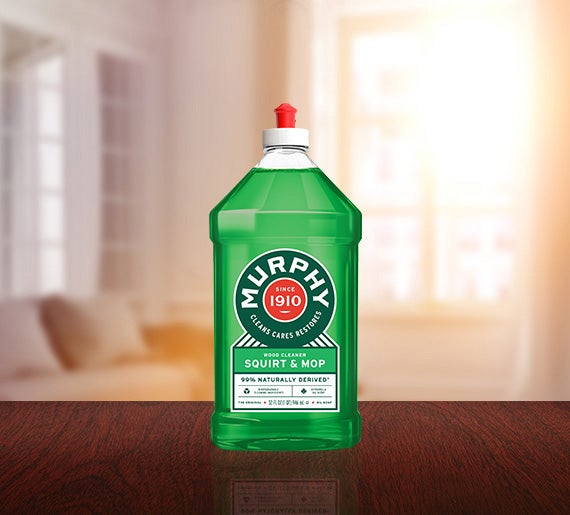In the winter, painting projects pose some problems, so most DIYers opt to wait until warmer weather. While your outdoor painting projects have to wait until Spring, it's easy to learn how to paint a room indoors in winter. The key, though, is doing it safely: Cold and damp weather often means you can't open the windows to ventilate the room properly and this can be hazardous to your family's health.
Keep reading to find out how to address safety concerns, what makes winter painting more difficult and how to work around it.
PICK YOUR PAINT
The main problem with indoor painting in winter is that you can't ventilate the space at all times without compromising the paint, and you may end up breathing its fumes as it settles over the next few days, resulting in headaches, skin irritation or dizziness according to Everyday Health. One solution is to buy low VOC (volatile organic compounds) paint, similar to the mild properties of Natural Cleaning Solutions. While this is a special type of paint that emits very little toxicity much less than the traditional paint options you still should properly ventilate your space.
TURN ON YOUR HEAT
One upside to winter painting is that indoor heating reduces air humidity, which makes the paint dry faster. So if you live in a highly humid area or have experienced heavy rain for the past few days, consider turning up the heat for a few hours to help speed up the drying process.
Another reason to turn on the heat? Paint has a tough time adhering to walls if the temperature drops below 40 degrees Fahrenheit, according to HGTV. If your heat is on chances are the indoor temperature will be ideal for painting. Nonetheless, you should do a touch test of your walls to make sure the paint can properly bond to it. If your walls are still cold to the touch, it's best to wait until the walls warm up.
VENTILATE YOUR SPACE
Unless it's below zero degrees Fahrenheit outside, there's no reason not to open the windows to freshen the air quality. To prevent loss of too much heat as you paint, try opening them for five to 10 minutes at a time once or twice per hour. Do this for a few hours after you finish painting, too.
If you absolutely can't open the window, you can turn on a couple of fans in the room. They won't get rid of the smell completely, but proper air circulation can help dilute the odor throughout the home and speed up the drying process as well.
One last thing to keep in mind when learning how to paint a room safely: If you're painting more than one room this winter, do so one at a time. Wait for any degree of smell to dissipate (it should take no more than three days), and the paint to dry completely before you move on to another soon-to-be-beautiful room.
This article was brought to you by Colgate-Palmolive Company, the makers of Murphy® Oil Soap. The views and opinions expressed by the author do not reflect the position of the Colgate-Palmolive Company.











